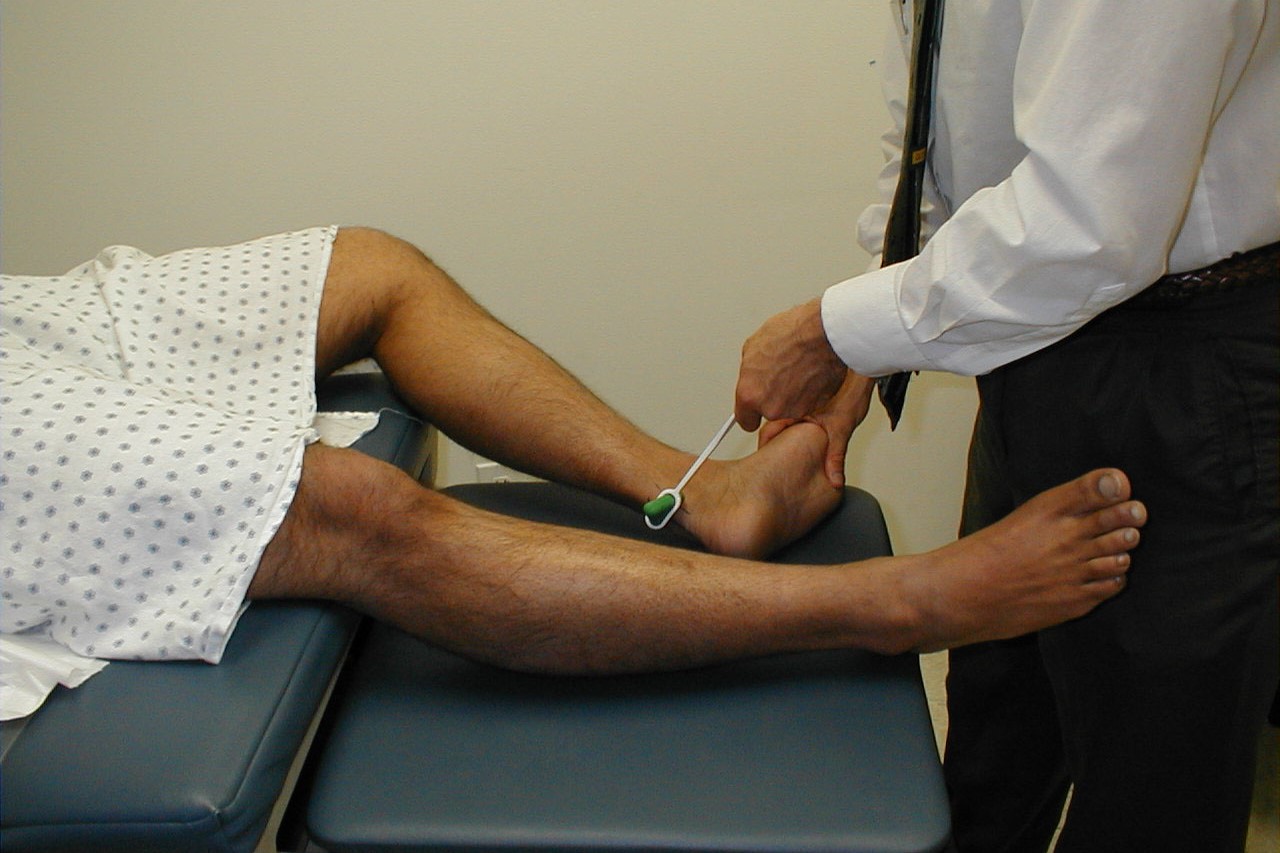
Bastian-Bruns Sign is a fascinating medical phenomenon that often piques curiosity. This sign, named after German neurologist Heinrich Bastian and his colleague, is a clinical indicator used in neurology. But what exactly is Bastian-Bruns Sign? In simple terms, it refers to a specific set of symptoms observed in patients with spinal cord injuries, particularly those affecting the cervical region. These symptoms include a sudden loss of muscle tone and reflexes below the level of injury, often leading to paralysis. Understanding this sign is crucial for diagnosing and managing spinal cord injuries effectively. Let's delve into 25 intriguing facts about Bastian-Bruns Sign that will help you grasp its significance and implications in the medical field.
Key Takeaways:
- Bastian-Bruns Sign is a crucial tool for diagnosing spinal cord injuries, helping doctors identify specific types of damage and plan effective treatments for patients.
- Discovered in the 19th century, Bastian-Bruns Sign continues to be a valuable part of modern neurology, aiding in early diagnosis and treatment planning for spinal cord injuries.
What is Bastian-Bruns Sign?
Bastian-Bruns sign is a clinical indicator used by neurologists to diagnose certain spinal cord injuries. Named after the German neurologists Heinrich Bastian and Ludwig Bruns, this sign helps in identifying specific types of spinal cord damage.
-
Origin: The sign was first described by Heinrich Bastian and Ludwig Bruns in the late 19th century.
-
Purpose: It helps in diagnosing spinal cord injuries, particularly those affecting the lower part of the spinal cord.
-
Mechanism: The sign is based on the observation of muscle tone and reflexes in the lower limbs.
-
Clinical Relevance: It is particularly useful in distinguishing between different types of spinal cord lesions.
-
Observation: The sign is noted when there is an absence of reflexes in the lower limbs despite the presence of muscle tone.
How is Bastian-Bruns Sign Detected?
Detecting Bastian-Bruns sign involves a series of clinical tests and observations. Neurologists look for specific indicators that point towards this sign.
-
Reflex Testing: Doctors test reflexes in the lower limbs to see if they are absent.
-
Muscle Tone Assessment: Despite the absence of reflexes, muscle tone in the lower limbs remains intact.
-
Patient History: A detailed patient history is taken to understand the onset and progression of symptoms.
-
Physical Examination: A thorough physical examination is conducted to rule out other possible causes.
-
Neurological Tests: Additional neurological tests may be performed to confirm the diagnosis.
Why is Bastian-Bruns Sign Important?
Understanding the importance of Bastian-Bruns sign can help in better diagnosing and treating spinal cord injuries.
-
Early Diagnosis: It allows for early diagnosis of spinal cord injuries, which can improve treatment outcomes.
-
Differential Diagnosis: Helps in differentiating between upper and lower motor neuron lesions.
-
Treatment Planning: Aids in planning appropriate treatment strategies for patients.
-
Prognosis: Provides information about the prognosis of the spinal cord injury.
-
Research: Continues to be a subject of research in neurology for better understanding and management of spinal cord injuries.
Historical Context of Bastian-Bruns Sign
The historical context of Bastian-Bruns sign provides insight into its development and significance in medical history.
-
19th Century Discovery: Discovered in the late 19th century by Heinrich Bastian and Ludwig Bruns.
-
Medical Milestone: Considered a significant milestone in the field of neurology.
-
Evolution: The understanding and application of the sign have evolved over the years.
-
Textbook Inclusion: Included in medical textbooks as a key clinical sign for spinal cord injuries.
-
Legacy: The work of Bastian and Bruns continues to influence modern neurology.
Modern Applications of Bastian-Bruns Sign
In modern medicine, Bastian-Bruns sign still holds relevance and is used in various clinical settings.
-
Neurological Clinics: Commonly used in neurological clinics for diagnosing spinal cord injuries.
-
Medical Education: Taught in medical schools as part of the neurology curriculum.
-
Advanced Imaging: Often used in conjunction with advanced imaging techniques like MRI.
-
Rehabilitation: Plays a role in the rehabilitation of patients with spinal cord injuries.
-
Global Recognition: Recognized and utilized by neurologists worldwide.
Final Look at Bastian-Bruns Sign
Bastian-Bruns Sign, a neurological indicator, helps detect spinal cord injuries. Named after neurologists Heinrich Bastian and Ludwig Bruns, this sign involves the absence of abdominal reflexes below the level of a spinal cord lesion. This absence can point to significant spinal damage, aiding in early diagnosis and treatment.
Understanding this sign is crucial for medical professionals. It provides a quick, non-invasive way to assess spinal cord health. While not the only diagnostic tool, it adds valuable information to a patient's overall neurological assessment.
Incorporating knowledge of Bastian-Bruns Sign into medical practice can improve patient outcomes. Early detection of spinal cord injuries leads to better management and recovery. So, whether you're a medical student, a practicing neurologist, or just curious about neurology, knowing about Bastian-Bruns Sign is beneficial. It’s a small but vital piece of the complex puzzle of spinal health.
Frequently Asked Questions
Was this page helpful?
Our commitment to delivering trustworthy and engaging content is at the heart of what we do. Each fact on our site is contributed by real users like you, bringing a wealth of diverse insights and information. To ensure the highest standards of accuracy and reliability, our dedicated editors meticulously review each submission. This process guarantees that the facts we share are not only fascinating but also credible. Trust in our commitment to quality and authenticity as you explore and learn with us.
